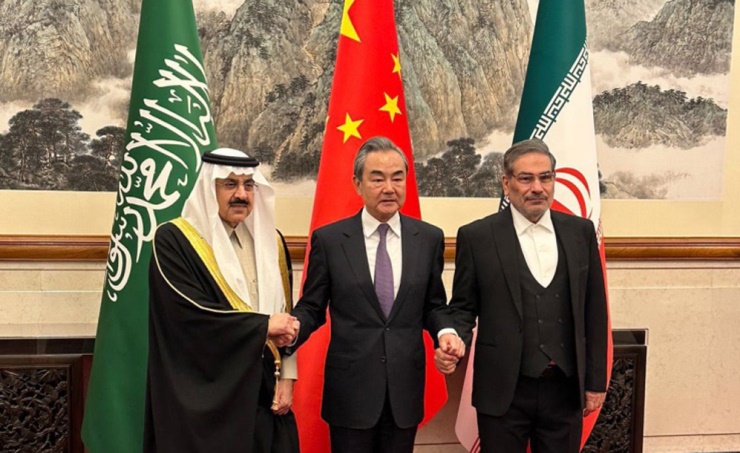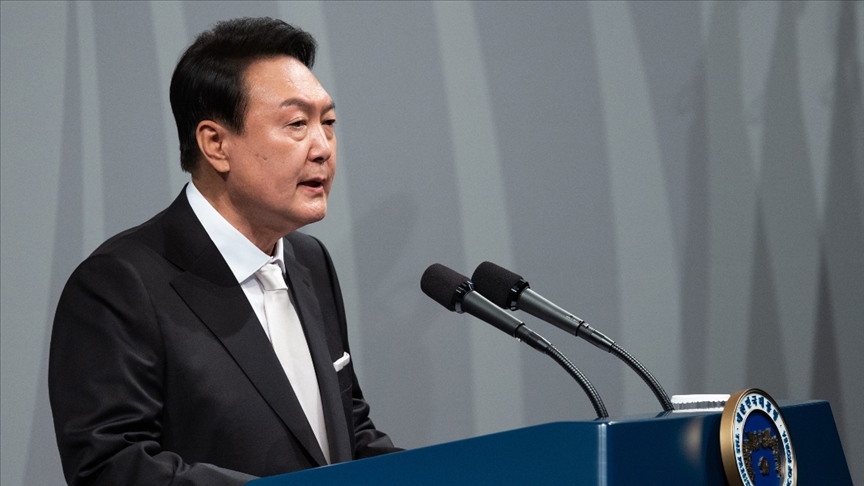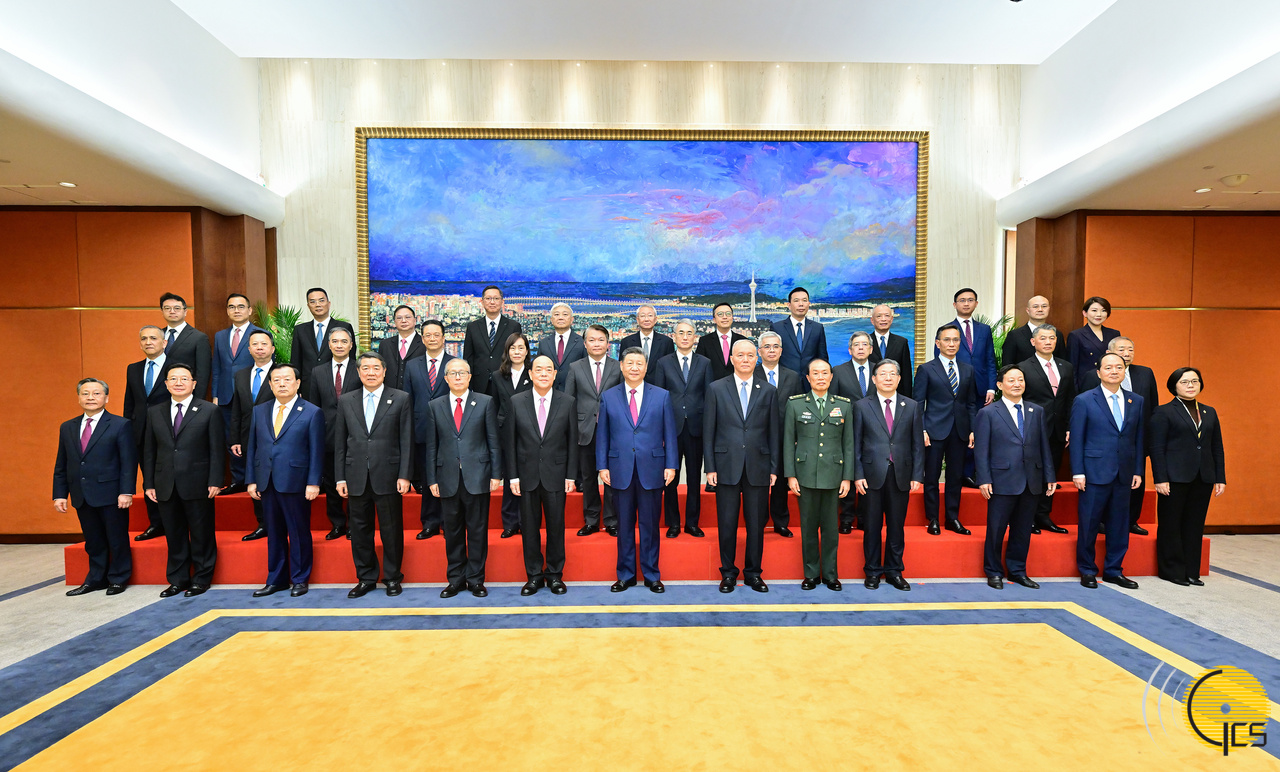Saudi Arabia and Iran on Friday agreed to bridge the bitter ties and become friends again. The two countries decided to reestablish diplomatic relations after eight years of tensions. The negotiations between them were made possible by China, which indicates a major development in regional political affairs.
Saudi and Iran released a joint statement with China on the deal, which apparently brokered the agreement, where the two countries agreed to reopen their embassies within two months. The deal was reached on Friday during talks in Beijing.
Soon after the deal, people in Asia, and the Middle East took to social media to congratulate Saudi-Iran for reaching an understanding to resolve their difference. They also thanked the government of China for mediating the talks which they termed as a wise step.
The people also called for more cooperation between the three countries and emphasized further unity among the Asian and Middle East states. Social media users in Saudi Arabia said that regional stability and economic prosperity constitute the true victor and welcomed the restoration of diplomatic ties between the two countries as the first step in reaching that goal.
“We all need peace, multilateralism and dialogue, instead of war, unilateralism, and confrontation,” a Saudi man tweeted.
Top officials from three countries
Iranian media posted a video of Ali Shamkhani, Secretary of the Supreme National Security Council of Iran with Saudi National Security Adviser Musaad bin Mohammed al-Aiban and Wang Yi, China’s most senior diplomat as they were briefing newsmen.
These officials will meet again to prepare for an exchange of ambassadors, Iranian state television said, while showing Mr. Wang offered whole-hearted congratulations on the agreement between the two countries.
“China fully supports this agreement and both the countries showed sincerity,” Wang said, adding that China has faithfully fulfilled its duties as a host nation to carry a result-oriented dialogue.
“The countries of the region have one destiny and common factors that make it necessary for us to join hands to build a model of prosperity and stability for our peoples,” said Saudi Foreign Minister Prince Faisal bin Farhan.
In a tweet post, Farhand said that the resumption of diplomatic relations between Riyadh and Tehran stems from the Kingdom’s vision of preferring political solutions and dialogue.
The two countries had agreed to respect state sovereignty and not interfere in each other’s internal affairs, reported the Saudi Press Agency, and it also mentioned that Riyadh and Tehran had agreed to activate a security cooperation agreement signed in 2001.
“Riyadh, Tehran and Beijing expressed their keenness to exert all efforts towards enhancing regional and international peace and security,” a joint trilateral statement said.
“The talks were clear, transparent and constructive and very useful to remove misunderstandings between Tehran and Riyadh” Shamkhani was quoted by Iran’s news agency IRNA. He also said that this agreement will lead to peace and security in the region.
Tensions have long been high
Tensions between the Saudi and Iran have long been high and the region witnessed a number of bloody disputes and several bilateral talks were unproductive until Friday’s talk in China.
Relations got worse in 2016 after protesters in Shiite-majority Iran attacked the diplomatic missions of mainly Sunni Muslims.
The attack came after the Kingdom of Saudi Arabia carried out the execution of revered Shiite cleric Nimr al-Nimr, igniting Iran’s anger.
However, many world leaders and experts in international affairs called Friday’s agreement a major development in Middle East diplomacy and hopefully the two countries will also take steps to resolve the Yemen issue.
After normalization, the first step should be the end of the Yemen war as Saudi and Iran have been directly involved in the conflict and it is their duty to end it via talks and peace agreement.
Riyadh leads a military coalition supporting the Yemeni government and Iran does support the Houthi group and so far the two sides failed to reach any peace deal. A ceasefire announced a year ago expired, but it is widely believed that after Friday’s agreement Saudi and Iran will agree on some points for a deal to end the long-years conflict in the war-ravaged country.
World welcomes the deal
The world, especially the regional countries, have welcomed the deal between the two countries and called it an important step for security and economic development.
Turkey’s Foreign Ministry called the deal as a “significant step” taken by Riyadh and Tehran in conformity with the rapprochement and normalization processes that have prevailed in the Middle East for a while.
Ankara congratulated Saudi Arabia and Iran on their decision and expressed hope that “this progress in the relations between the two countries would lead to important contributions to the security, stability, and prosperity of our region,” Dailysabah reported, citing the statement.
Egypt also welcomed the deal and hoped that the agreement would ease tensions in the region and contribute to stabilizing and preserving the capabilities of Arab national security.
“There is hope that agreement would achieve the aspirations of the peoples in the region toward prosperity, development, and stability,” ahrama reported, citing a statement for the country’s foreign ministry.
Pakistan was also in the line to welcome the deal. “Pakistan warmly welcomes the normalization of diplomatic relations between the Kingdom of Saudi Arabia and the Islamic Republic of Iran facilitated by the People’s Republic of China,” Pakistan’s foreign ministry said in a statement.
“We commend the role played by China’s visionary leadership in coordinating this historic agreement which reflects the power of constructive engagement and meaningful dialogue. We laud the sagacious leadership of the Kingdom of Saudi Arabia and the Islamic Republic of Iran for this very positive development,” reads the statement.
The UAE also welcomed the resumption of diplomatic relations between Saudi Arabia and Iran and praised China’s role in the process.
Dr. Anwar Gargash, Diplomatic Adviser to President His Highness Sheikh Mohamed bin Zayed Al Nahyan in a tweet said that the UAE “warmly welcomes” the agreement between Saudi Arabia and Iran to resume diplomatic relations.
Gargash extolled China’s role in facilitating this positive step towards peace and stability in the region, adding that UAE believes that positive communication and dialogue among regional countries are “crucial to promoting good neighborliness and building a more stable future for all.”

 EUROPE1 week ago
EUROPE1 week ago
 OPINION2 weeks ago
OPINION2 weeks ago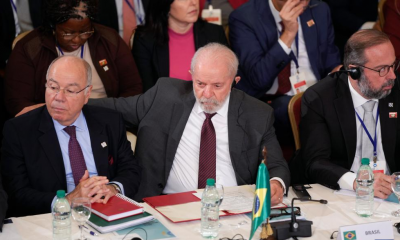
 OPINION1 week ago
OPINION1 week ago
 DIPLOMACY2 weeks ago
DIPLOMACY2 weeks ago
 OPINION2 weeks ago
OPINION2 weeks ago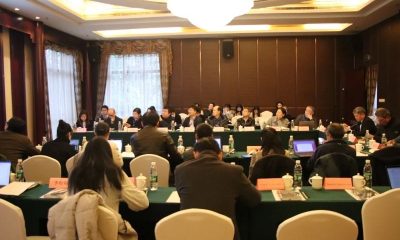
 ASIA1 week ago
ASIA1 week ago
 MIDDLE EAST1 week ago
MIDDLE EAST1 week ago
 MIDDLE EAST2 weeks ago
MIDDLE EAST2 weeks ago
